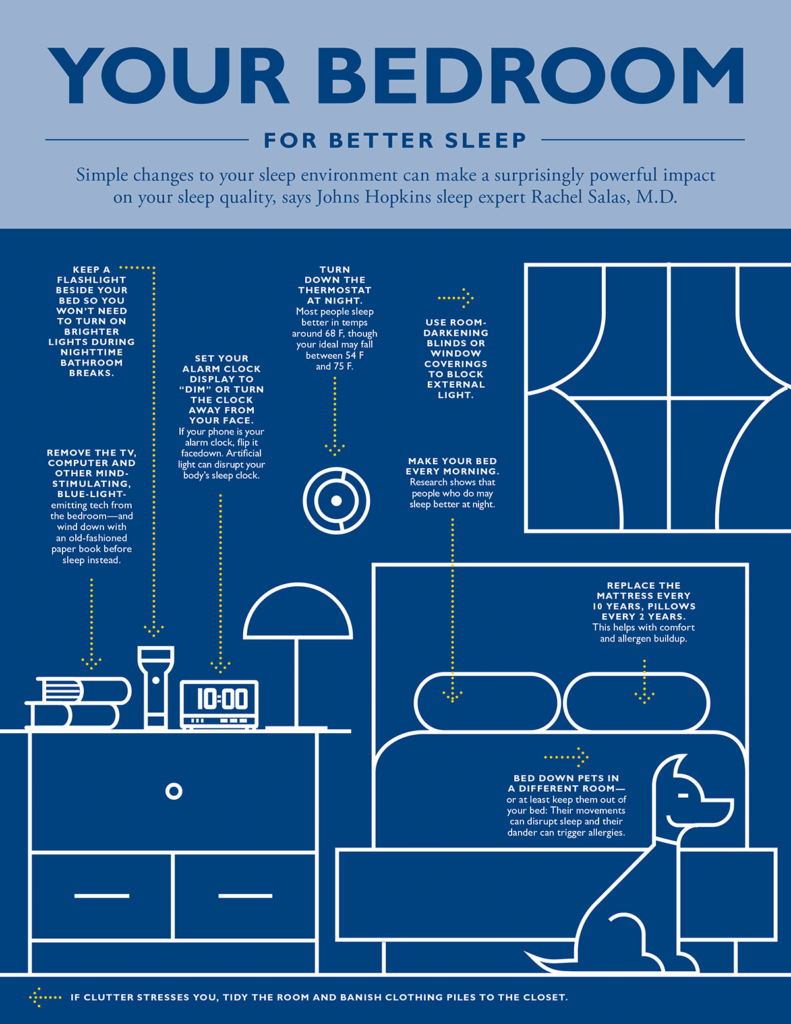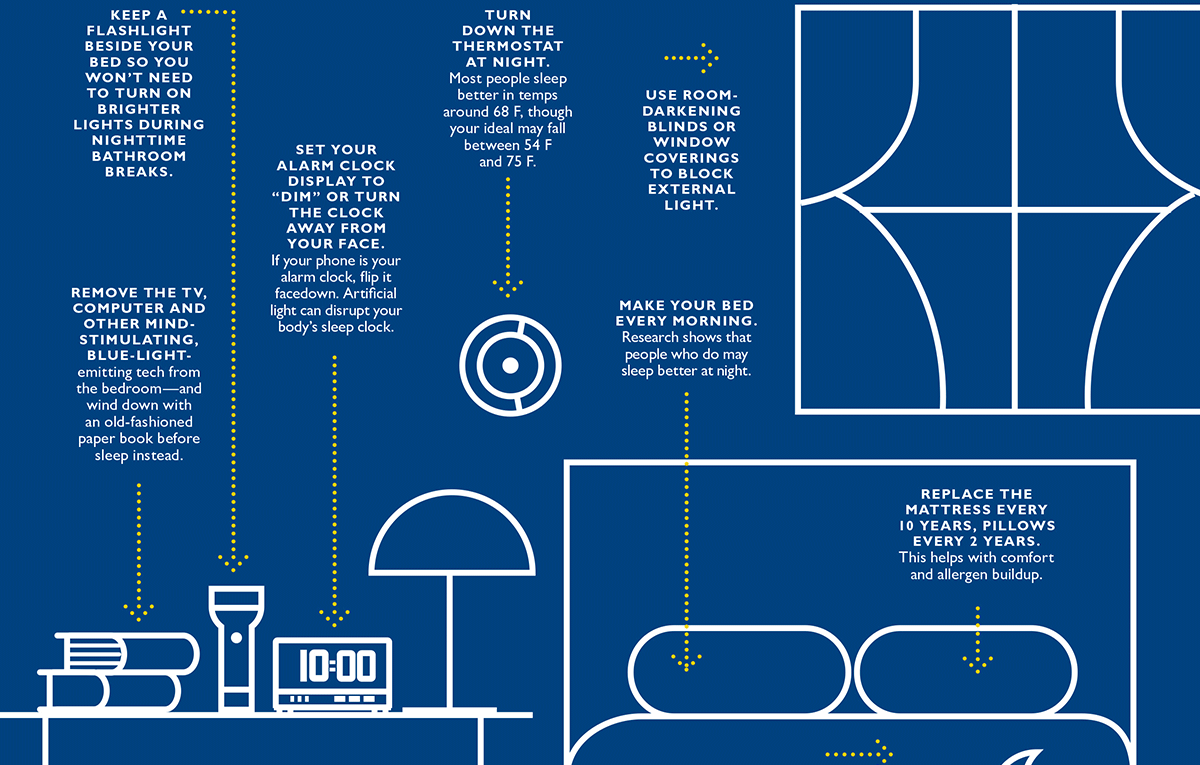Linking Light Exposure During Sleep to Diabetes and High Blood Pressure Risk
Studies conducted on older individuals suggest that light during sleep may contribute to hypertension, diabetes and obesity risks. Smartphones, lights or televisions left on overnight have also been linked with increased risks.
Study findings revealed that individuals exposed to any amount of light at night while asleep had a significantly increased risk for diabetes, obesity and hypertension compared to individuals not exposed at all during sleep.
An arm-worn device was used to measure exposure to light for seven consecutive days.
This study, as opposed to being experimental in nature, demonstrated the correlation between any exposure to light during night time and increased risks for diabetes, hypertension and obesity among older individuals.
No matter where it originates – be it from TVs and smartphones left on overnight, or city light pollution – there is an overwhelming presence of artificial lighting sources around us 24 hours a day. Since older individuals already have higher risks for cardiovascular disease and diabetes, researchers conducted a study to see whether there was any association between exposure to nighttime lights and disease frequency.
Researchers found that less than 50% of those participating in their study experienced five hours or more per day without light exposure; most likely during nighttime sleep.
Researchers don’t yet have a firm answer as to whether hypertension, diabetes or obesity is driving individuals to sleep with a light on, or whether exposure to light increases their risk for these conditions. People living with these diseases could be more likely to keep the light on at night for reasons such as using the bathroom at nighttime; diabetic individuals experiencing foot numbness could benefit from keeping a nightlight on in order to reduce falls risk.
Researchers offered strategies for minimizing light during sleep:
Do not leave lights on at night. If necessary, only turn on dim lighting nearer to the floor; orange/red and amber hues have less of an effect than blue or white light sources on stimulating brain activity; these should therefore be kept far away from anyone sleeping in order for optimal restful restful restful restful sleep.
Eye masks or blackout shades may help if the outdoor light can’t be controlled; to ensure this doesn’t happen, move your bed so the outdoors won’t shine directly onto your face.

